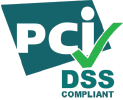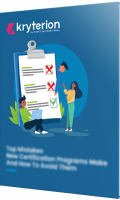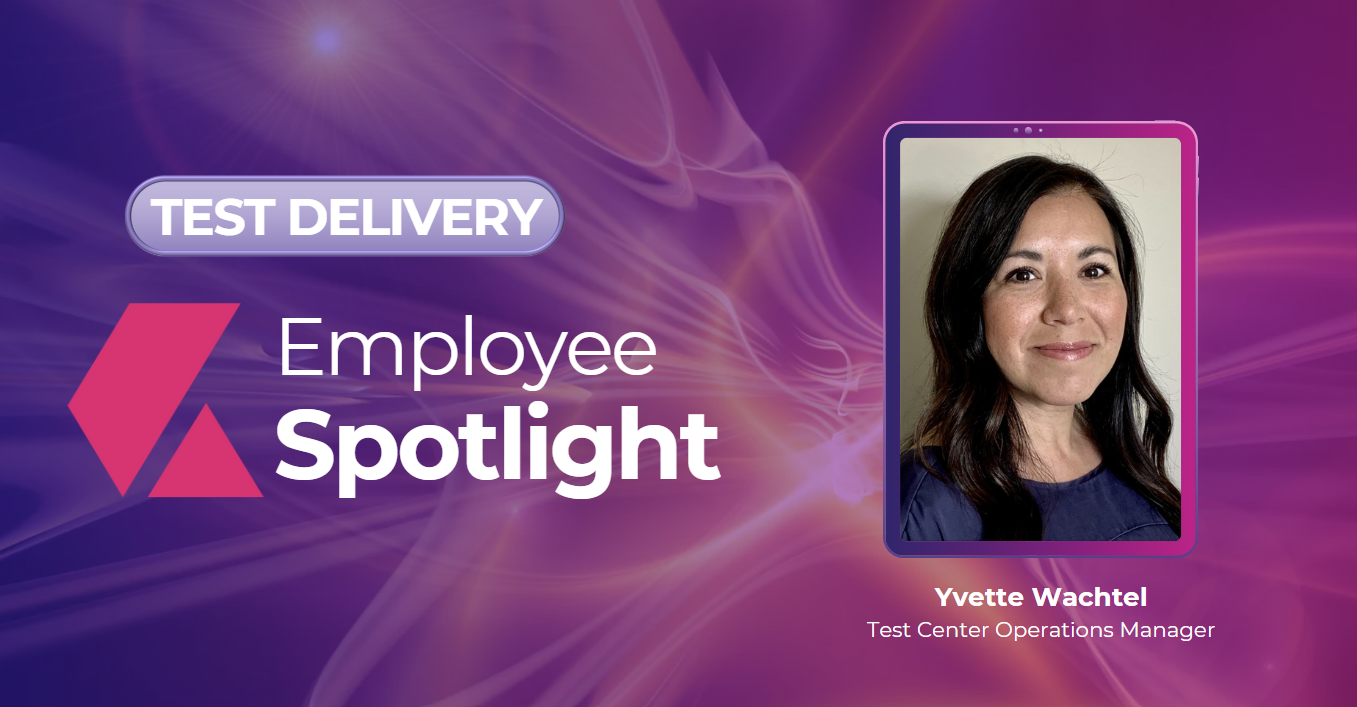A few weeks ago, we posted a blog entitled How Market Pain Drives Successful Credentialing Programs: Part 1. It stressed the importance of solving a problem using credentialing that the market is willing to pay for. Below, you’ll find two credentialing program case studies that deal with addressing market pain. One succeeded.
Case Study #1: A Credential for Call-Center Managers
In this real-world example, a credential sponsor wanted to elevate the status of the call-center industry, drive best practices and help call-center managers differentiate themselves in the market. All worthy goals.

Market research, had it been conducted, would have revealed some valuable insights.
At the time, job demand was strong for call-center professionals, who themselves were more than aware of the shortage based on the many recruiter calls offering them top-dollar salaries. Call-center managers, therefore, saw little need for the credential.
Employers, for their part, were so desperate to find qualified candidates that they frankly didn’t care if prospects were certified or not.
The certification targeted the wrong job role. Because call-center managers were in such high demand, they weren’t experiencing pain. Employers were, but they weren’t the target of the credential.
The sponsor had missed the market and was trying to solve a problem for call-center managers who saw no problem at all and, therefore, had little desire to become certified.
The credentialing program, which had been expensive to develop and launch, ended up withering on the vine.
Case Study #2: A Credential for Automotive Repair Professionals.

The Automotive Service Excellence Program is one of largest credentialing programs in the United States and Canada. Its purpose is to improve the quality of vehicle repair by testing and certifying automotive repair professionals.
In 2018, there were more than 247,000 active ASE-certified professionals with one or more of 50 separate automotive ASE certifications. The program has been so successful that in Broward and Miami-Dade counties in Florida, ASE certification is required for mechanics to obtain an automotive-repair license there.
The market pain that drove the development of the ASE certification program was shared by consumers and employers. Both groups needed to find qualified auto mechanics to order to avoid the potentially serious problems resulting from incompetent work.
The program relieved pain at several levels.
The certification allowed certificants to differentiate themselves in the market. It helped employers more easily identify qualified job candidates, make better hiring decisions and promote the quality of their mechanics to the public. Lastly, the certification instilled confidence in consumers who understood that more highly trained mechanics could help save time and money.
The ASE certification succeeded because it fixed a problem (pain) that the market would readily pay for.
How to Discover Your Market’s Pain
Get feedback early and often. Surveying your market is an invaluable, often inexpensive, tactic for taking the pulse of your ideal prospects and discovering a shared pain. The anonymity invites respondents to speak freely. Online surveys can provide responses in just a matter of hours.
Use the language of your market’s pain. People will study for and pay for a credential because they’re being driven by a pain in search of resolution. The more you can frame the benefits of your credential using the language of your market’s pain, the more effective your marketing will be.
Let market pain inform other purposes. Understanding your market’s pain will help bring focus when you begin test development. It will also will help identify potential ROI metrics for stakeholders who expect a return on the considerable investment in the program.
Take advantage of internal resources. In order to drive brand loyalty and product adoption, IT/software companies must offer customer support. A review of support tickets will identify common knowledge and skill gaps of the target market. This can provide real-world scenarios about who’s calling in and the problems they’re having. This pain can inform certification, training and marketing. It can also identify future credentialing opportunities.
Be humble. It’s easy from the comfort and security of your office to think you know what your market needs. But once you start to get feedback from your market, you may well discover that market needs are often not what you thought they were. Your opinion, while interesting, is irrelevant. Only the opinion—and pain—of the target market matters.







